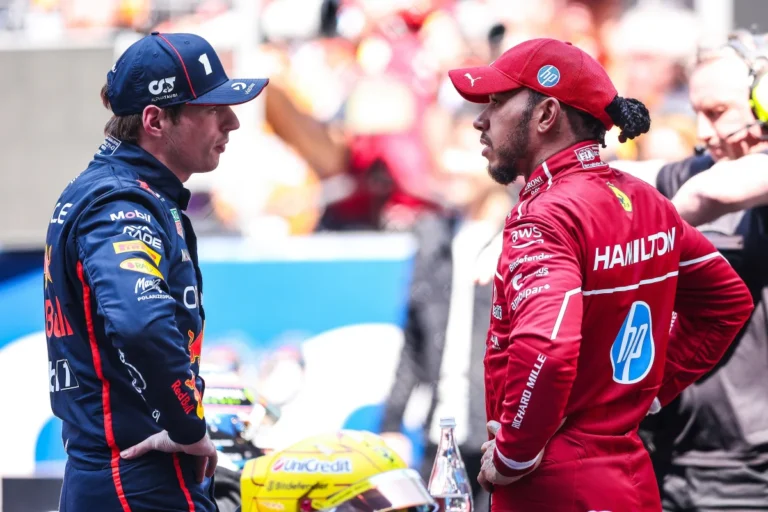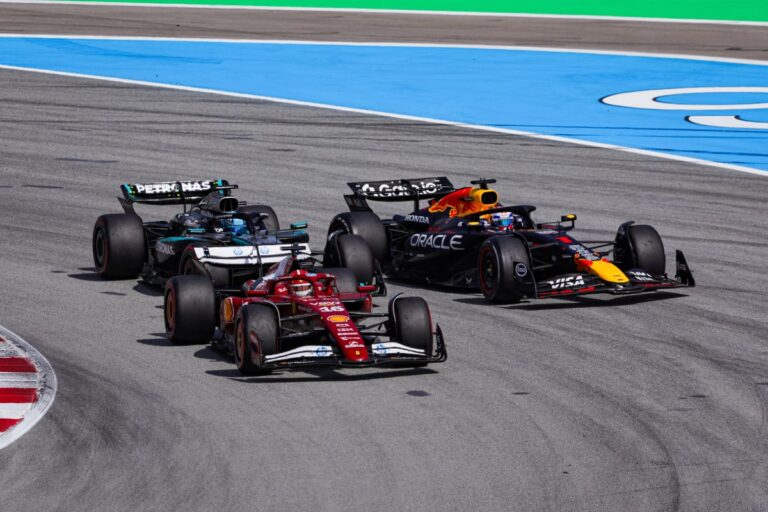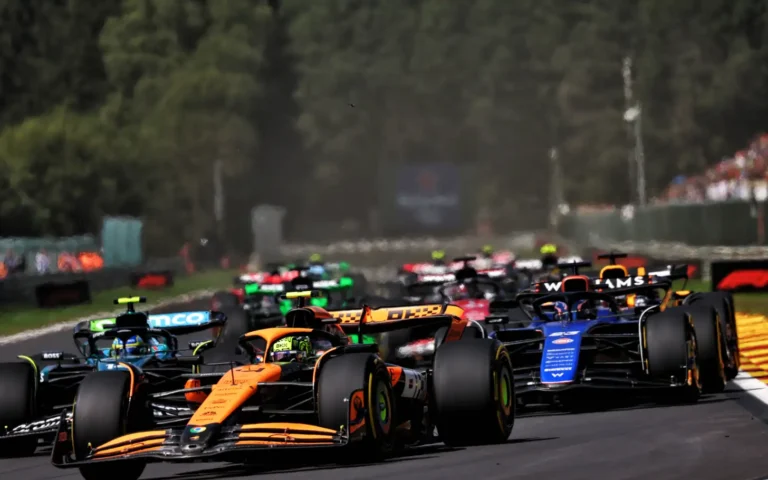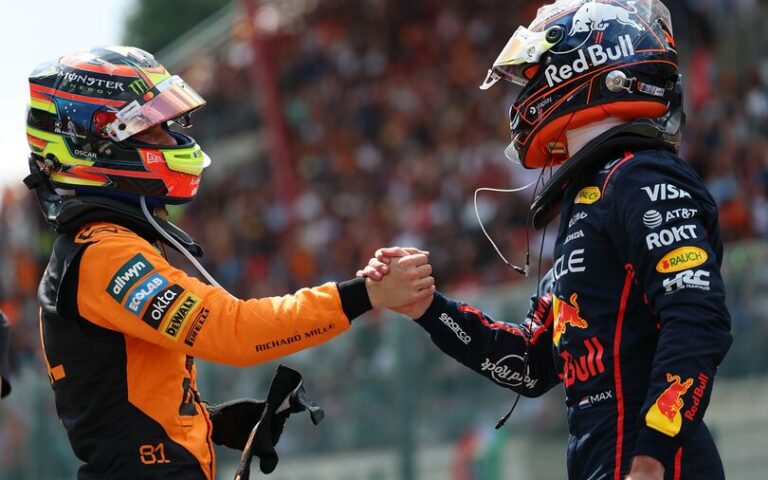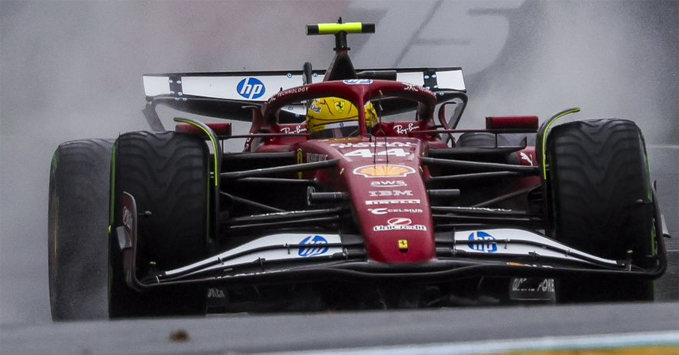
Ferrari’s long-anticipated partnership with seven-time World Champion Lewis Hamilton has entered the 2025 season under intense scrutiny, as early hopes of a title bid have given way to sobering realities. The SF-25, Maranello’s latest challenger, has underdelivered in both pace and consistency, leaving Hamilton without a podium finish despite a promising start in the Chinese Sprint. As the Italian outfit grapples with a spate of technical inconsistencies, Hamilton has broken his silence, identifying the car’s most fundamental flaw—a handling deficiency that may be baked into its DNA.
Since his high-profile transfer from Mercedes in January, Hamilton has been embedded in Ferrari’s operations for over half a year. While initially optimistic about the transition, he’s encountered a steep adaptation curve. The SF-25 has proven elusive in behavior, lacking the balance and predictability he mastered at Brackley. Even his brief resurgence at Silverstone failed to mask the persistent instability of the package. Internally, Ferrari had hoped that Hamilton’s presence would catalyze a performance leap, but the results have been far more modest.
One of Hamilton’s early battles was acclimating to Ferrari’s distinct engine braking system—markedly different from what he used at Mercedes. It demanded a recalibration of his driving approach, but he’s gradually tamed that variable. Recent qualifying performances show signs of life, with the Brit edging out Charles Leclerc in several sessions and clocking consistent top-five finishes in Spielberg and Silverstone. These flashes suggest Hamilton is beginning to extract more from the SF-25, even if race-day competitiveness remains elusive.
Behind the scenes, Ferrari has poured resources into developing a revised rear suspension package aimed at resolving critical ride-height issues that have undermined ground-effect performance. The planned updates promise a more stable aerodynamic profile, with the goal of unlocking greater downforce and mechanical grip. But even with these improvements on the horizon, Hamilton has highlighted a deeper problem—chronic understeer in low-speed corners that continues to sap confidence and lap time alike.
Labeling the issue as “intrinsic,” Hamilton believes the car’s low-speed behavior is a byproduct of design choices that now limit its performance ceiling. “We’re chasing lap time in the wrong places,” he said, warning that the team’s attempts to compensate might be exacerbating the problem. Ferrari’s dual mission now is to refine the SF-25’s platform to suit Hamilton’s driving style while also correcting its fundamental imbalances. With the second half of the season looming, the Scuderia must urgently translate engineering ambition into on-track execution—or risk another year lost to potential rather than performance.



